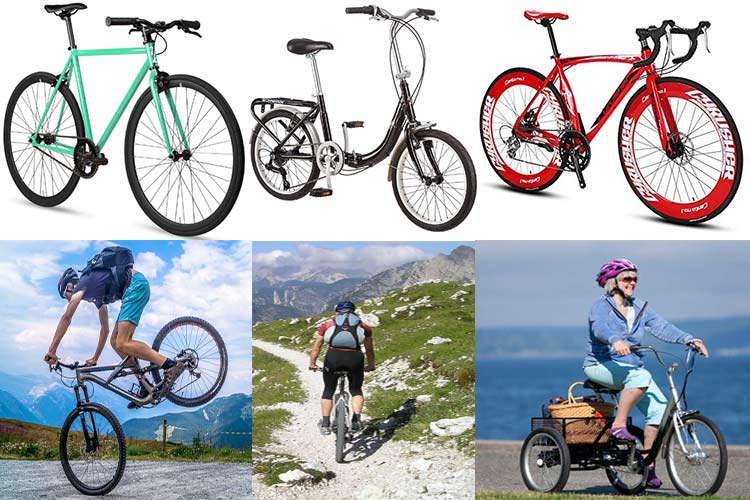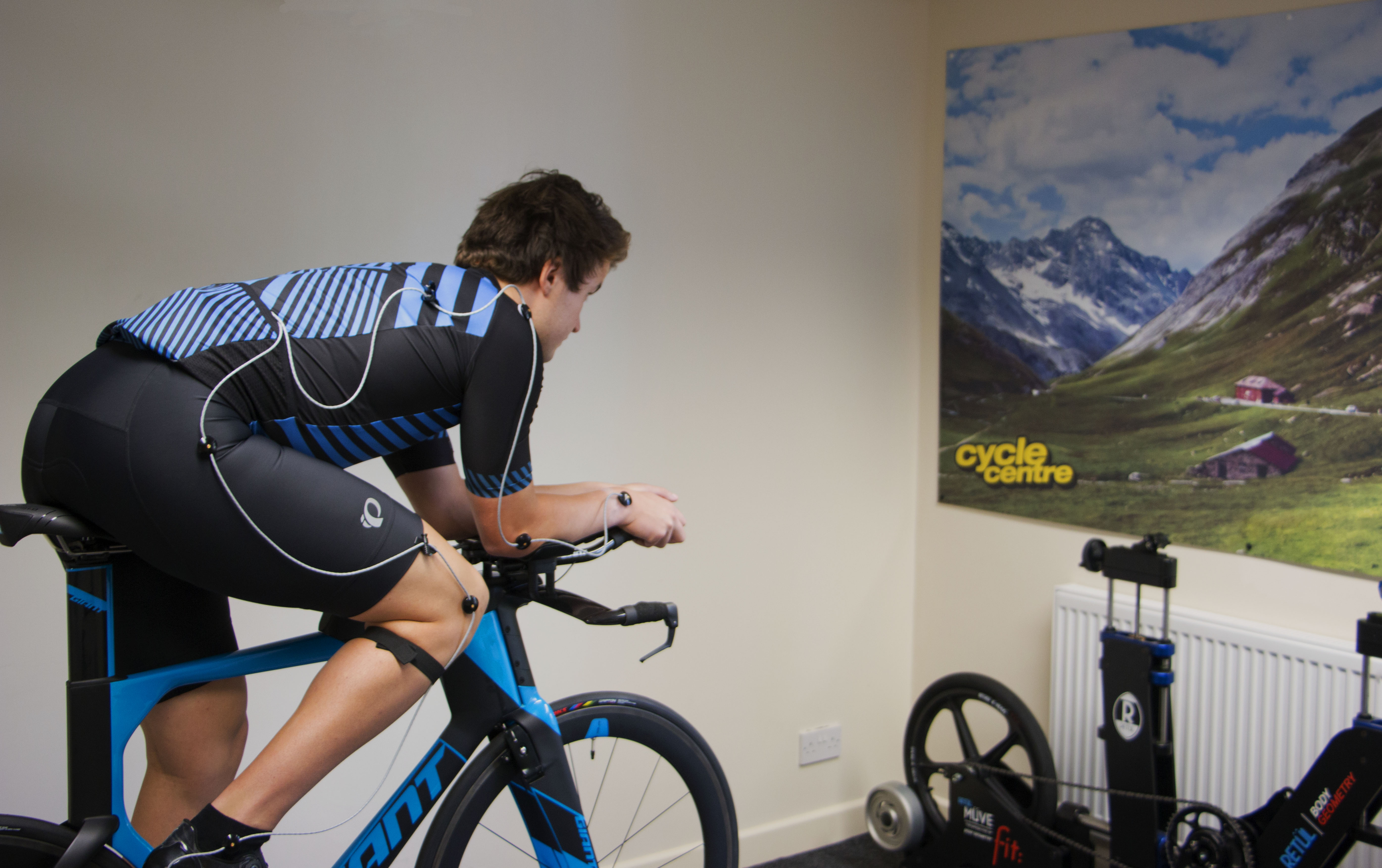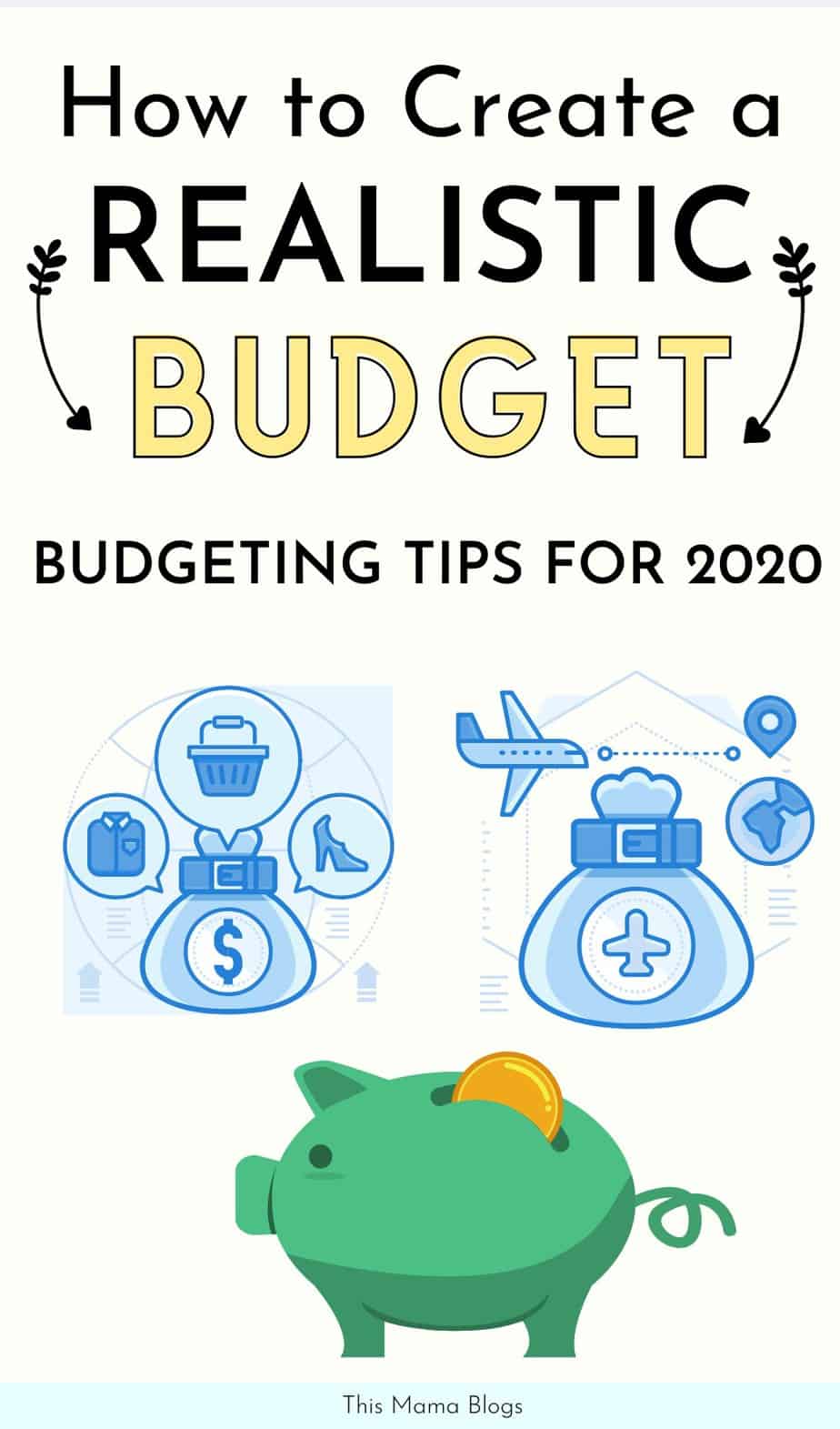Identifying Your Cycling Goals and Needs
Before embarking on the journey to find the ideal bicycle, it’s essential to establish your cycling objectives and requirements. By doing so, you can ensure that the bike you select aligns with your aspirations and enhances your overall experience. Factors to consider include the type of cycling you intend to pursue (mountain biking, road biking, commuting, etc.), the frequency of use, and the features that matter most to you.
Selecting the Appropriate Bike Type
When learning how to select a bike, understanding the various bike types available is crucial. Each type caters to different cycling styles and preferences, offering unique features and advantages. Here, we outline several popular bike types and provide examples of real products to illustrate their distinctions.
Mountain Bikes
Mountain bikes are designed for off-road cycling, featuring sturdy frames, wide handlebars, and knobby tires. These bikes excel in rugged terrain, providing excellent traction and control. Popular mountain bikes include the Trek Fuel EX 9.9 Pro RSL and the Giant Trance Advanced Pro 29 2.
Road Bikes
Road bikes are built for speed and efficiency on paved surfaces. They typically have lightweight frames, narrow tires, and drop handlebars. Examples of road bikes are the Cannondale SystemSix Force eTap Carbon and the Specialized Roubaix Comp Carbon.
Hybrid Bikes
Hybrid bikes offer a balance between mountain and road bikes, suitable for various terrains. They often feature flat handlebars, wide tires, and versatile designs. Examples of hybrid bikes include the GT Transeo 3 Elite and the Marin Muirwoods RC.
Electric Bikes
Electric bikes, or e-bikes, incorporate a motor and battery to assist with pedaling. They are available in various styles, such as mountain, road, and hybrid. Popular e-bikes are the Bulls E-Stream EVO AM 4 and the Pedego City Commuter.
Understanding Frame Materials and Geometry
Selecting the ideal frame materials and geometry plays a critical role in how to select a bike that suits your needs. These factors significantly impact comfort, performance, and durability. In this section, we’ll explore the most common frame materials and discuss how geometry influences the bike’s fit and handling.
Frame Materials
Bike frames are typically constructed from aluminum, carbon fiber, steel, or titanium. Each material offers unique benefits and trade-offs:
- Aluminum: Lightweight, affordable, and responsive, making it a popular choice for many cyclists.
- Carbon Fiber: Exceptionally lightweight and strong, offering superior vibration dampening and customization potential.
- Steel: Durable, comfortable, and repairable, but heavier than aluminum and carbon fiber frames.
- Titanium: Lightweight, corrosion-resistant, and long-lasting, yet typically more expensive than other materials.
Geometry
Geometry refers to the bike’s physical dimensions and angles, which affect its fit, handling, and stability. Key geometry factors include:
- Stack and Reach: Stack is the vertical distance from the bottom bracket to the top of the head tube, while reach is the horizontal distance. These measurements determine the rider’s position relative to the bike.
- Head Tube Angle: This angle affects the bike’s steering response and stability. A slacker head tube angle results in more stable handling, while a steeper angle provides quicker steering.
- Seat Tube Angle: This angle influences the rider’s pedaling position. A steeper seat tube angle places the rider in a more forward, aggressive position, while a slacker angle results in a more relaxed, upright position.
- Chainstay Length: The distance between the bottom bracket and the rear axle, which impacts the bike’s handling and stability.
By understanding frame materials and geometry, you can make a more informed decision when selecting a bike that meets your specific needs and preferences.
Assessing Componentry and Accessories
When learning how to select a bike, understanding the significance of components and accessories is crucial. These elements can significantly impact the bike’s performance, comfort, and overall riding experience. In this section, we’ll discuss essential components and accessories and provide tips on evaluating them.
Components
Components include derailleurs, brakes, shifters, and other parts that directly affect the bike’s functionality:
- Derailleurs: These components move the chain between the cassette and chainrings, enabling gear shifts. Look for reliable, efficient models from reputable brands like Shimano, SRAM, or Campagnolo.
- Brakes: Reliable braking is essential for safety. Options include rim brakes, disc brakes, and hydraulic disc brakes. Choose brakes that suit your cycling style and provide consistent, powerful stopping power.
- Shifters: Shifters control the derailleurs, allowing you to change gears. Ensure compatibility with your chosen derailleurs and consider factors like ergonomics, ease of use, and durability.
Accessories
Accessories enhance the bike’s functionality and comfort:
- Pedals: Platform pedals, clipless pedals, or toe clips can improve pedaling efficiency and control. Choose pedals that suit your cycling style and skill level.
- Saddles: Comfortable saddles are essential for long rides. Consider factors like shape, padding, and materials when selecting a saddle. Some brands offer gender-specific saddles for a better fit.
- Handlebars: Handlebars affect the bike’s handling and rider comfort. Choose handlebars with the appropriate width, rise, and sweep for your cycling style and body dimensions.
By carefully evaluating components and accessories, you can make a more informed decision when selecting a bike that meets your specific needs and preferences.
Fitting the Bike to Your Body
A proper bike fit is crucial for comfort, efficiency, and injury prevention. By understanding the key measurements and adjustments, you can ensure a harmonious connection between your body and your bike. In this section, we’ll discuss essential bike fit elements and provide tips for achieving a perfect fit.
Saddle Height
Saddle height is the distance from the pedal axle to the top of the saddle. A proper saddle height allows for a slight bend in the knee at the bottom of the pedal stroke. To adjust saddle height, use a spanner wrench to loosen the seatpost clamp, adjust the seatpost, and then tighten the clamp securely.
Saddle Fore/Aft Position
Saddle fore/aft position is the horizontal alignment of the saddle relative to the bottom bracket. A plumb line dropped from the kneecap should intersect the pedal axle when the crankarms are at a 3 o’clock and 9 o’clock position. To adjust saddle fore/aft position, loosen the saddle rails clamp, slide the saddle, and then tighten the clamp securely.
Handlebar Height
Handlebar height affects your riding posture and comfort. A lower handlebar position provides better aerodynamics, while a higher position offers more comfort and control. To adjust handlebar height, loosen the stem clamp and adjust the stem or spacers, then tighten the clamp securely.
Handlebar Reach
Handlebar reach is the horizontal distance from the saddle to the handlebars. A proper reach allows for a comfortable, sustainable grip on the handlebars. To adjust handlebar reach, consider changing the handlebar width, stem length, or stem angle. Be cautious when making these adjustments, as they can affect other bike fit elements.
By prioritizing a proper bike fit, you’ll enhance your overall cycling experience and reduce the risk of discomfort or injury. When learning how to select a bike, remember that a well-fitted bike is essential for long-term satisfaction and enjoyment.
Establishing a Realistic Budget
Setting a realistic budget is a crucial step when learning how to select a bike. By understanding your cycling goals, needs, and the available options, you can allocate funds effectively and make a wise investment. In this section, we’ll discuss tips for establishing a budget and provide guidance on allocating funds for the bike, components, and accessories.
Determining Your Budget
Consider the following factors when establishing your budget:
- Cycling frequency and duration
- Desired features and components
- Long-term cycling goals
- Accessories and maintenance costs
Allocating Funds
Once you’ve determined your budget, consider the following allocation guidelines:
- Bike: Allocate the majority of your budget to the bike itself. High-quality frames and components can significantly impact comfort, performance, and durability.
- Components: If your budget allows, invest in higher-quality components for improved performance and longevity. Consider upgrading essential components like the groupset, brakes, and wheels.
- Accessories: Set aside a portion of your budget for essential accessories like pedals, saddles, handlebars, and cycling apparel. Remember that safety gear, such as helmets and lights, should not be overlooked.
By establishing a realistic budget and allocating funds wisely, you can ensure a satisfying cycling experience that aligns with your needs and goals.
Researching and Test Riding Potential Bikes
Thorough research and test riding are essential steps in the process of learning how to select a bike. By gathering information from various sources and experiencing potential bikes firsthand, you can make a well-informed decision that aligns with your cycling goals and preferences. In this section, we’ll discuss strategies for researching and test riding potential bikes.
Gathering Information
Begin by researching potential bikes using the following resources:
- Online Reviews: Consult reputable cycling websites and forums for unbiased opinions and expert evaluations.
- Expert Opinions: Seek advice from experienced cyclists, bike shop employees, or cycling coaches.
- Local Bike Shops: Visit local bike shops to view and discuss various bike options with knowledgeable staff.
Test Riding Potential Bikes
Test riding potential bikes is an invaluable step in the decision-making process. Follow these guidelines to ensure a productive test ride:
- Prepare Ahead: Make a list of your priorities and desired features before visiting a bike shop or demo event.
- Dress Appropriately: Wear cycling-specific clothing and shoes to ensure a comfortable and accurate test ride.
- Ride on Familiar Terrain: Test ride bikes on terrain similar to where you’ll be cycling. This will help you assess the bike’s performance under real-world conditions.
- Compare Options: Test ride multiple bikes to compare their performance, comfort, and handling characteristics.
By investing time in research and test riding, you’ll be better equipped to make a decision that meets your needs and brings you joy on every ride.
Making an Informed Decision
After carefully considering various factors, researching, and test riding potential bikes, you’re now ready to make an informed decision on how to select a bike that meets your needs and brings you joy. In this final section, we’ll summarize the key considerations and provide guidance on finalizing your purchase.
Summarizing Key Considerations
To ensure a successful bike selection, remember to consider the following factors:
- Cycling Goals and Needs: Clearly define your cycling objectives, requirements, and desired features.
- Bike Type: Choose a bike type that aligns with your cycling goals and preferences.
- Frame Materials and Geometry: Understand how frame materials and geometry influence comfort, performance, and durability.
- Componentry and Accessories: Evaluate components and accessories to ensure a satisfying riding experience.
- Bike Fit: Prioritize a proper bike fit for comfort and efficiency.
- Budget: Establish a realistic budget and allocate funds wisely.
- Research and Test Riding: Gather information from various sources and test ride potential bikes to make a well-informed decision.
Trusting Your Instincts
As you progress through the decision-making process, trust your instincts and invest in a bike that resonates with you. A bike that meets your needs, feels comfortable, and inspires confidence will foster a positive and enjoyable cycling experience.
By following this comprehensive guide, you’re now equipped to make a well-informed decision on how to select a bike that aligns with your cycling goals and brings you joy on every ride.








